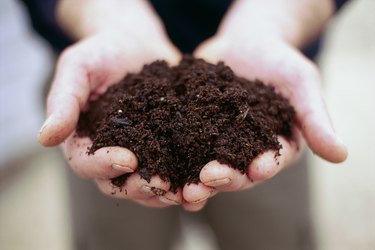
April showers may bring May flowers, but you'll need to start much earlier than that to prepare your garden soil for spring crops. Autumn's a perfect time to do a thorough garden cleanup and add the organic content and nutrients your soil needs to feed your plants the following year.
Remove Plant Debris
Video of the Day
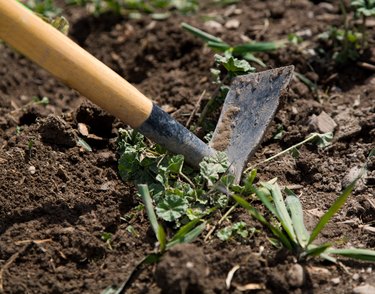
It all must go: the dead flower foliage, the dried vines, the weeds, the stems of the tomato plants (Solanum lycopersicum) and fallen leaves. Good garden housekeeping not only makes your yard orderly, but it also eliminates favorite spots for insects and diseases to overwinter. Dig up the dead plants, roots and all, and move them to the compost pile to decompose into organic compost for next year. Burn or dispose of weeds and diseased foliage.
Video of the Day
Add Organic Material
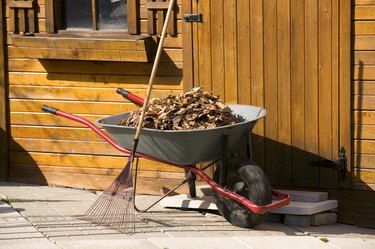
Fall is the time to raid the compost pile. Adding organic matter improves your soil's drainage and increases its capacity to hold water. While some gardeners wait for spring to work in organic material, doing it in fall makes sense considering the long, garden to-do list you'll face when the weather warms again. Apply a 3-inch layer of the decomposed material over your garden, and then work it into the top 7 inches of soil. If your compost isn't ready for use yet, work in dry tree leaves, grass clippings or manure to enrich your soil.
Change Soil pH
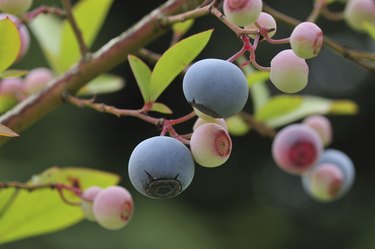
Soil runs the gamut from acidic to alkaline, measured in pH units on a scale from 0 to 14. Plant preferences vary, but a neutral pH of 7 is often the best. Test your soil with a pH kit from the garden store if you aren't certain. Amend soil that is slightly too acidic by adding ground limestone, .8 pounds per 10 square feet of soil; if it's too alkaline, add granular sulfur, .2 pounds for 10 square feet of soil. Work the soil amendment into the top 6 inches. Fall is the best season to tackle this job since there is sufficient time for the necessary chemical processes to occur.
Plant Cover Crops

Cover crops are not grown for lovely flowers or delicious fruit. Think of them as living compose – plants grown to be plowed back into the soil come spring. Winter cover crops not only add nutrients to the soil, they also suppress weeds, regulate soil temperature and hold soil nitrogen that might otherwise be lost to rain runoff. Annual grass crops like oats (Avena sativa) and rye (Lolium multiflorum) protect your garden soil through the winter and enrich it when rototilled under in early spring.
Apply Mulch
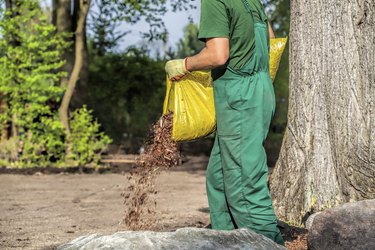
Mulch is like a warm blanket you tuck around perennials or spread over garden soil to keep it safe and protected through the winter. Almost any material you can layer over the soil works, but organic material has the added advantage of enriching the earth as it disintegrates. Good choices include shredded bark, chopped leaves, grass clippings and compost. Spread a 4- to 6-inch layer over weeded soil in the autumn to protect it, keep down weeds and regulate soil temperature. Keep mulch several inches away from any perennials, shrubs or trees.
- Organic Gardening: Soil Health: Cover Up for Cold
- Colorado State University Cooperative Extension: A Long Winter's Rest
- Purdue Extension: Prepare Your Spring Garden This Fall
- University of Nebraska Extension: Improve Soil Now for Next Fall
- Iowa Stae University: How to Change Your Soil's pH
- University of California Cooperative Extension: Cover Crop Database
- Old World Garden Farms: 4 Easy Steps to Prepare the Garden This Fall for Next Year
- Organic Gardening: Mulch